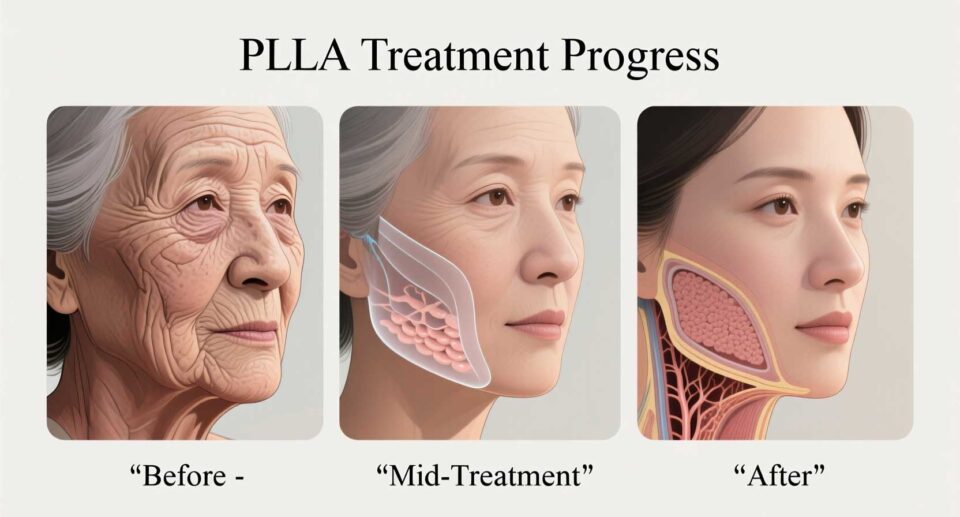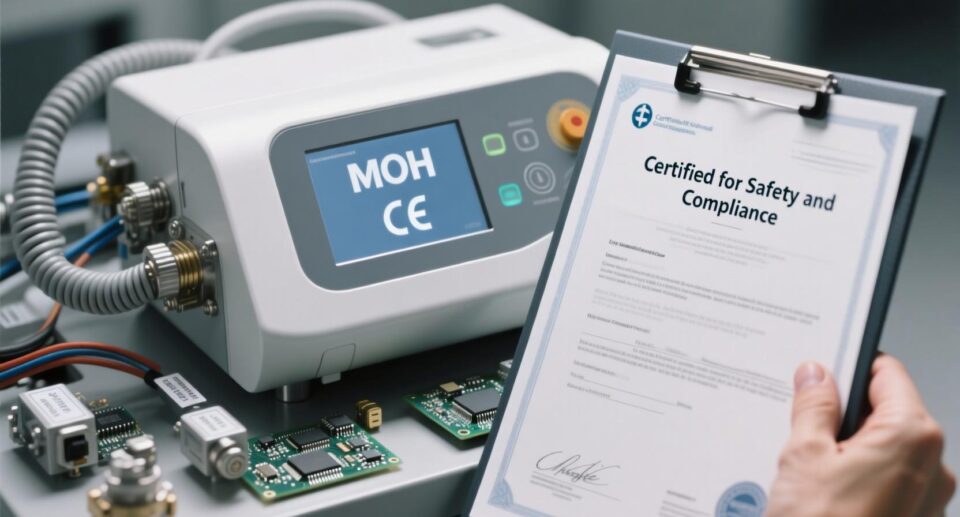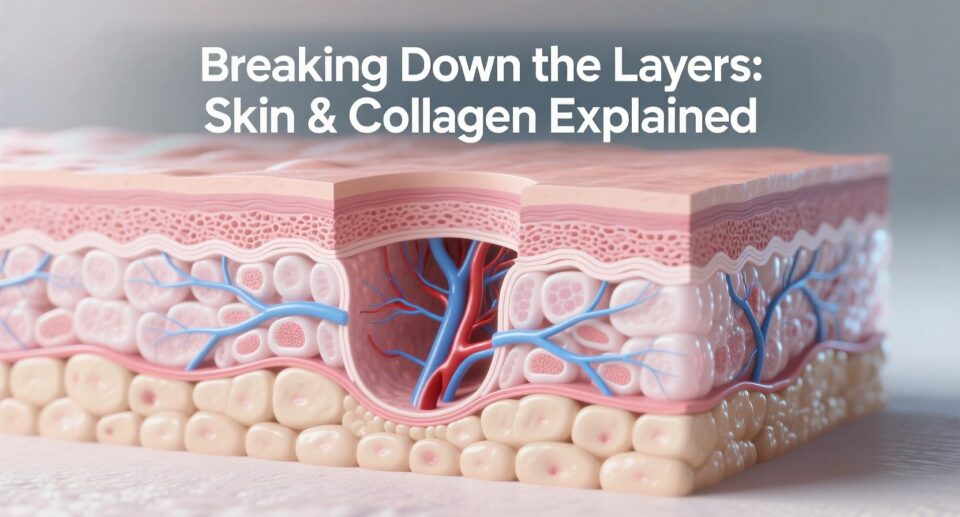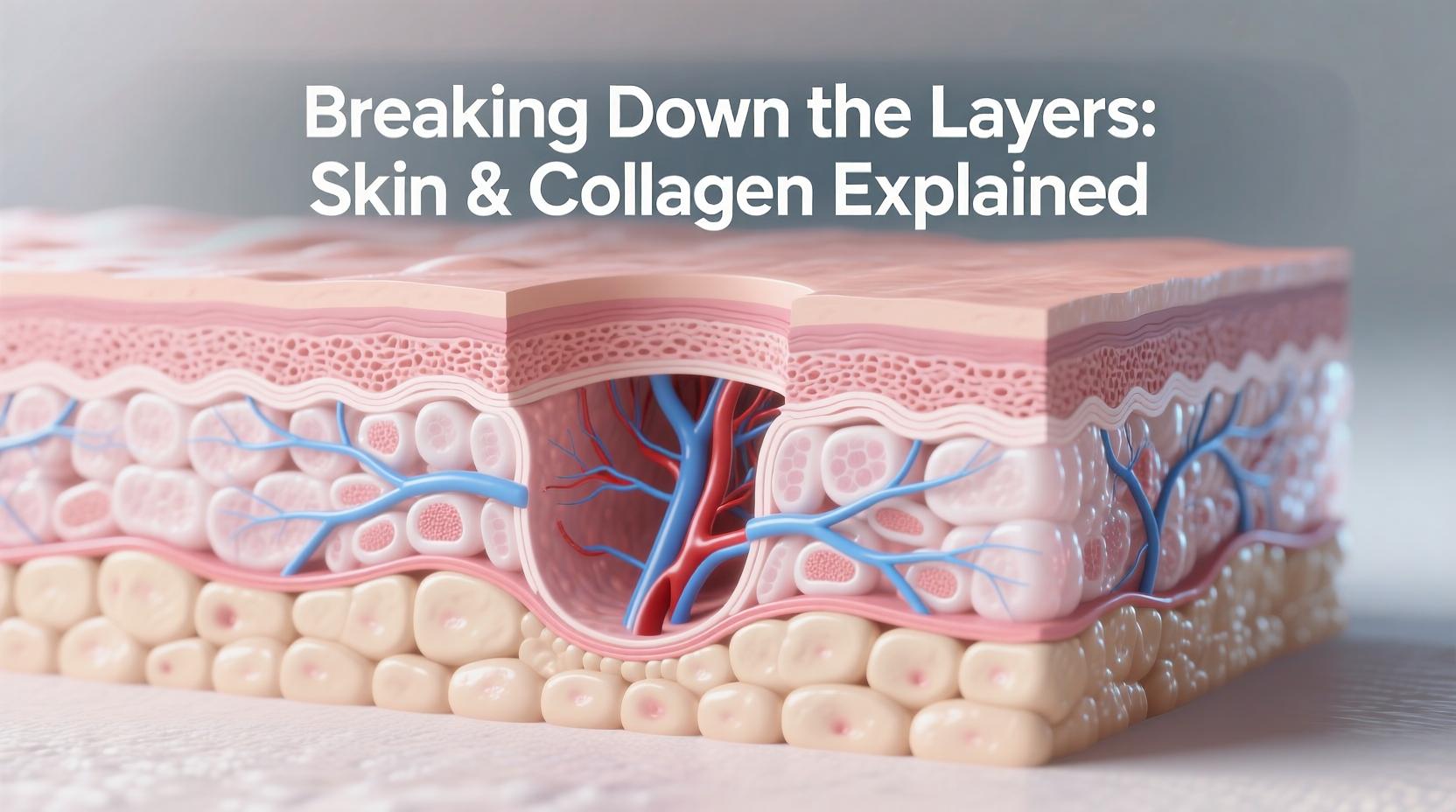What Skin Type Benefits Most from PLLA?

As the demand for non-surgical skin rejuvenation continues to rise, Polylactic Acid (PLLA), commonly known by the brand name Sculptra, has emerged as a powerful tool in the aesthetic medicine arsenal. Unlike traditional dermal fillers that provide immediate volume, PLLA works gradually by stimulating the body’s own collagen production. But not all skin types respond equally. So, who benefits the most from PLLA treatments?
In this article, we’ll explore how PLLA works, which skin types gain the most from its effects, and what results you can realistically expect.
What Is PLLA?
Polylactic Acid (PLLA) is a biocompatible, biodegradable synthetic substance that has been used in medical applications for decades — from dissolvable sutures to orthopedic implants. In aesthetics, PLLA is FDA-approved for correcting shallow to deep facial wrinkles and folds, such as nasolabial folds (smile lines), marionette lines, and volume loss in the cheeks and temples.
Rather than filling lines directly, PLLA acts as a collagen stimulator. Once injected into the deeper layers of the skin, it triggers a controlled inflammatory response that encourages fibroblasts — the cells responsible for collagen production — to generate new, natural collagen over time.
Results are not immediate; instead, they develop gradually over 4 to 6 weeks, with optimal outcomes appearing after 2 to 3 treatment sessions spaced about 4 to 6 weeks apart. The effects can last up to 2 years or more, making PLLA one of the longest-lasting non-surgical facial rejuvenation options.
How Does Skin Type Influence PLLA Results?
While PLLA is safe for all skin tones and types, certain skin characteristics respond better than others. The ideal candidates for PLLA typically share the following traits:
1. Mature Skin with Volume Loss
PLLA is most effective for individuals showing signs of age-related volume depletion. As we age, the face naturally loses fat, collagen, and elastin, leading to sagging skin, hollow cheeks, and deep folds.
- Best for: Ages 40+
- Skin concerns: Sunken cheeks, jowls, deep nasolabial folds, temples, and jawline definition loss
- Why it works: PLLA rebuilds the structural foundation of the skin, restoring a youthful, lifted appearance from within.
Caption: Gradual volume restoration in mid-face area after a series of PLLA treatments.
2. Normal to Thick Skin Types
Individuals with normal to thick skin tend to see better and longer-lasting results. Thicker skin has a stronger dermal matrix, which supports new collagen integration and maintains structure.
- Thin skin may not respond as robustly due to reduced fibroblast activity and weaker support structures.
- Oily or combination skin types often benefit more than dry or extremely sensitive skin, as sebum production supports skin elasticity and healing.
3. Fitzpatrick Skin Types I–IV
One of PLLA’s major advantages is its safety across diverse skin tones. Unlike some lasers or chemical peels that carry a higher risk of post-inflammatory hyperpigmentation (PIH) in darker skin, PLLA is minimally invasive and doesn’t damage the epidermis.
- Ideal for: Fitzpatrick Types I (very fair) to IV (light brown)
- Caution advised: Types V–VI (darker skin) should be treated by experienced injectors to minimize bruising and swelling risks, though PLLA remains a safe option.
4. Skin with Mild to Moderate Photoaging
PLLA is not a surface treatment. It targets the deeper dermal layer, making it perfect for those with moderate photoaging — sun damage that has led to loss of firmness and elasticity, but not severe surface wrinkles or textural issues.
- Good candidates: People with visible sagging, but still relatively healthy skin texture
- Not ideal for: Those with severe acne scarring or active skin conditions (e.g., rosacea flare-ups, eczema)
Who Should Avoid PLLA?
While PLLA is versatile, it’s not for everyone. Contraindications include:
- Active skin infections or inflammation in the treatment area
- History of keloid scarring
- Allergy to PLLA or any component of the product
- Pregnancy or breastfeeding
- Individuals seeking immediate results (PLLA is gradual)
Also, patients with very thin skin or minimal subcutaneous fat may not achieve dramatic volume restoration and could benefit more from hyaluronic acid fillers or skin-tightening procedures.
What Results Can You Expect?
PLLA doesn’t plump like traditional fillers. Instead, it provides a natural, subtle rejuvenation:
- Weeks 1–4: Mild swelling or redness at injection sites; no visible changes
- Weeks 4–8: Early signs of improved firmness and subtle volume
- Months 2–6: Progressive improvement in facial contours, smoother skin texture, and reduced wrinkles
- After 6 months: Full results with a more youthful, refreshed appearance
Patients often report looking “less tired” or “like themselves, but better rested.”
Caption: Natural-looking facial contouring achieved through collagen stimulation with PLLA.
Maximizing Your Results
To get the most out of PLLA, follow these tips:
- Commit to the Full Treatment Series: Most patients need 2–3 sessions for optimal collagen buildup.
- Massage the Area: After each session, massage the treated areas for 5 minutes, 5 times a day, for 5 days — this helps distribute PLLA evenly and prevents nodule formation.
- Stay Hydrated and Protect Your Skin: Drink plenty of water and use sunscreen daily to support skin health.
- Combine with Other Treatments: PLLA works well alongside skin resurfacing (e.g., microneedling, lasers) or neuromodulators (e.g., Botox) for comprehensive rejuvenation.
Conclusion: Who Benefits Most?
In summary, mature individuals with normal to thick skin, moderate volume loss, and Fitzpatrick skin types I–IV benefit the most from PLLA treatments. It’s ideal for those seeking long-term, natural-looking facial rejuvenation without surgery or downtime.
PLLA isn’t a quick fix — it’s an investment in your skin’s future. By rebuilding collagen from within, it addresses the root cause of aging, not just the symptoms.
If you’re considering PLLA, consult a board-certified dermatologist or licensed aesthetic injector to assess your skin type and create a personalized treatment plan.
Disclaimer: This article is for informational purposes only and does not constitute medical advice. Always consult a qualified healthcare provider before undergoing any cosmetic treatment.
Images are for illustrative purposes and sourced from Unsplash under license. Individual results may vary.





